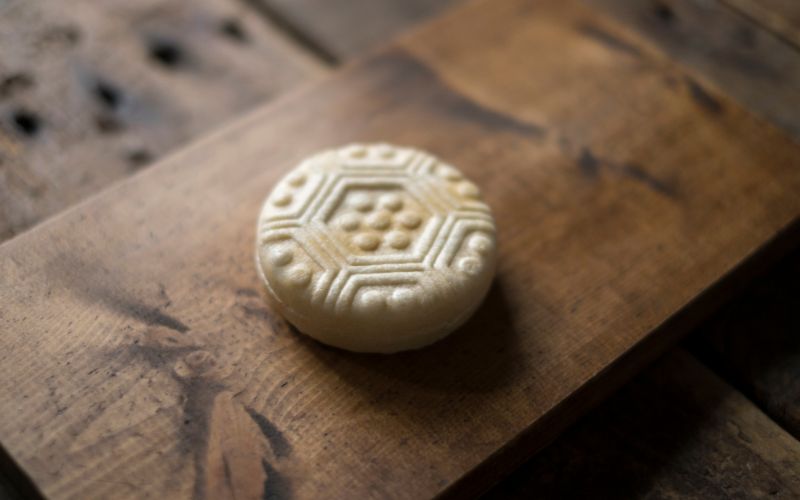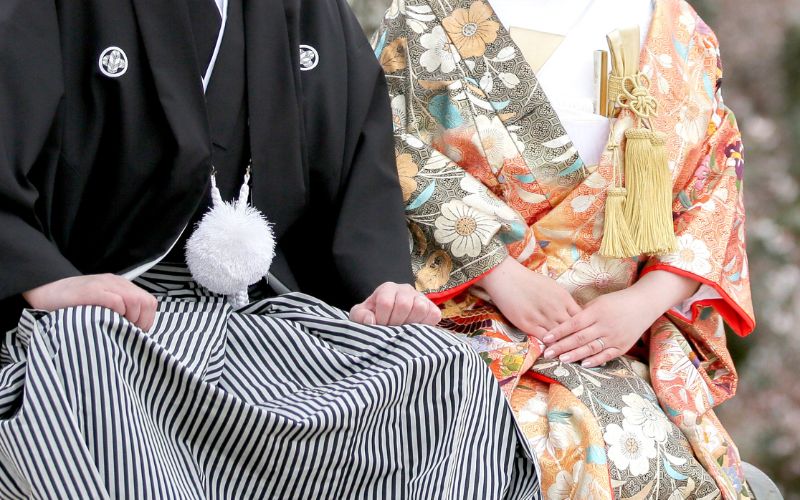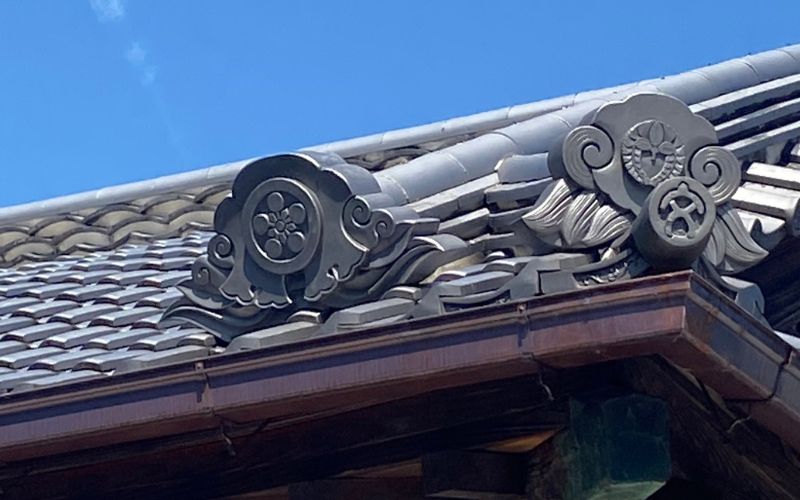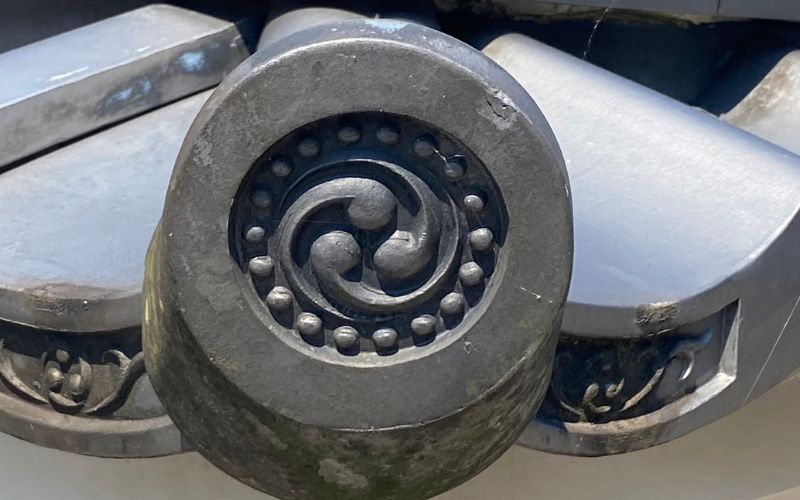
The recent TV series “Shōgun” won the acclaim of fans and critics for its powerful storytelling and also for its lavish production design and painstaking attention to historical detail. In the costume department alone, the designers created over 2,000 costumes with the help of historians, drawing on the rich and diverse types of dress from the era portrayed, including the sumptuous silk kimono of court ladies and elaborate battlefield armor. Viewers with sharp eyes can therefore spot some important symbols on the clothing of key characters – such as Lord Yoshii Toranaga (played by actor Hiroyuki Sanada), based on real-life shōgun, Tokugawa Ieyasu. In several episodes, Toranaga wears garments with prominent graphic motifs known as kamon, or Japanese family crests, in this case a circular “triple-hollyhock” pattern that is immediately recognizable as the real kamon of the Tokugawa shogunate. Other characters’ kamon appear on clothing, armor, transport, and other items belonging to their families. The presence of kamon in “Shōgun” not only enhances the authenticity of the series, but also underscores their importance and deep meaning in Japanese culture. These elegant, stylized designs have adorned everything from samurai armor and family trees to modern corporate logos, serving as a visual shorthand for identity and heritage for more than a millennium.

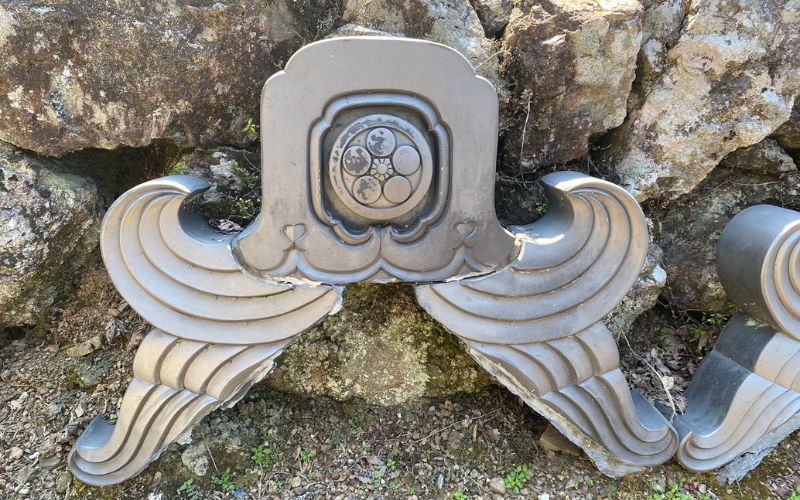
Kamon have often been compared to family crests across Europe (and in Scotland, clan tartans), and served similar purposes, but the sheer variety, expansive uses, and longevity of kamon design make it distinctive among the world’s heraldry traditions. The origins of kamon can be traced back to the Heian period (794-1185), when Japan's aristocratic class began using simple, stylized designs to identify themselves, particularly by drawing these patterns on their ox-drawn carriages (known as gissha, or goshoguruma). When two such carriages were passing on a road, the carriage marked with a kamon of a higher-status family would be given the courtesy of right-of-way, as part of an intricate system of etiquette. These early crests were often inspired by nature – flowers, birds, and celestial bodies – and reflected the refined aesthetic sensibilities of the era. However, it was during the tumultuous Sengoku period (from the late 15th century to the end of the 16th century) the period during which the action in “Shōgun” takes place, that kamon truly came into their own as a widespread and significant cultural practice.
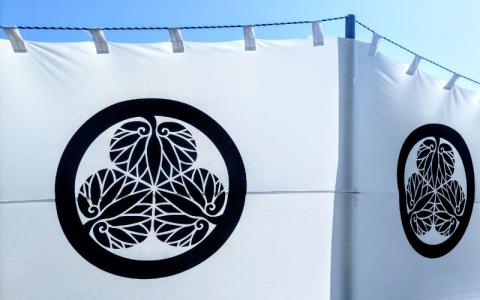
As Japan descended into a series of civil wars, powerful samurai clans needed a way to quickly distinguish allies from enemies on the battlefield. Kamon, displayed prominently on flags, armor, and clothing, achieved this efficiently – particularly in an era where literacy was not universal, a visual symbol was “legible” to anyone. As mentioned, the Tokugawa clan's three-leaf hollyhock design and the Takeda clan's four diamonds are among the most recognizable emblems from this period, their bold graphics allowing for easy recognition amid the chaos of combat.


The Yokoi family crest on the corners of the roof of the reconstructed Shōya House at the Huntington Library
With the establishment of the Tokugawa shogunate in 1603 and during the subsequent Edo period (1603-1868), kamon usage expanded beyond the warrior class. As Japan enjoyed an extended period of peace and prosperity, merchants and artisans began adopting family crests of their own. This democratization of kamon led to an explosion of creativity, with new designs incorporating elements from daily life, trade tools, and even wordplay based on family names. One example is the Mitsui family which adopted a crest featuring a well frame (ido-gumi) – a visual pun on their name, which means “three wells.” Crests started to appear everywhere, from kimono to roof tiles to even the borders of tatami mat flooring.
The Meiji Restoration of 1868 brought sweeping changes to Japanese society, including the abolition of the samurai class. Yet far from fading into obscurity, kamon adapted to the new era. The Imperial chrysanthemum seal of the emperor and royal family became a potent symbol of national identity while many former samurai families held onto their crests as a link to their noble heritage. Meanwhile, the rising merchant class embraced kamon as a mark of respectability and continuity in a rapidly modernizing Japan. As Japanese exports made their way to Europe, Western consumers and art collectors were intrigued by kamon, and famed accessory designer and collector Gaston-Louis Vuitton developed his company’s famous monogram with direct inspiration from kamon glimpsed on Japanese weapons that he collected.
The 20th century saw kamon evolve in unexpected ways. During Japan's period of rapid industrialization, many companies incorporated traditional family crests into their corporate logos – a practice that continues to this day with firms like Mitsubishi (three diamonds) and Kikkoman (an octagon enclosing the character for “turtle”). This blending of ancient symbolism with modern commerce speaks to the visual strength of kamon to convey a recognizable identity with utmost efficiency. In recent decades, kamon have continued to evolve from the realms of high design to the poppiest of pop culture. They can be found in the work of avant-garde fashion designers like Issey Miyake and Yohji Yamamoto, as well as in anime and manga that often feature fictional kamon for noble clans (such as the Hyūga ninja clan of popular series “Naruto”). They even adorn a brand of cookie widely found in convenience stores – Ace Kamon Biscuits, which look a little bit like Oreos but each stamped with a distinctive kamon on the wafer.
Today, the number of kamon continues to grow. For centuries, there have been sub-types of kamon such as onnamon, sometimes created by a woman after she married, to adapt her original family crest to her newly married status. There were originally 241 official samurai crests, which expanded to about 5,000 major kamon in Japan, and today, potentially over 20,000 in use, in part due to a resurgence of interest among the younger generation in Japan to rediscover their family crests, and even create new ones.
The enduring appeal of kamon lies in their ability to convey complex ideas through simple, elegant forms. In a world of information overload and constant visual stimulation, there's something deeply satisfying about a design that can communicate centuries of history and identity in a single glance.



